What it’s like to visit Soweto, the biggest township in South Africa
It’s a striking and strange sight — three men, standing still against a fence, for no apparent reason. Here’s what’s actually going on.
The strange sight of three men, standing still against a fence for no apparent reason, is the first sign things are a little different around here.
As we pull up near them in our motorised tuktuk, the question to our tour guide is obvious.
The answer, simple.
The building inside the fence has Wi-Fi, the guide explains, and internet is a rare luxury for many people around here. The men are reaching their arms between the slats of the fence, their mobile phones searching for a signal.
Hey, no judgment from me: I’ve been hustling for free Wi-Fi since I landed in South Africa a week ago.
But such is my introduction to Soweto, a black-majority township half an hour from Johannesburg: a fascinating, charming place, though framed by the great divide between the haves and the have-nots.
An Australian played a role in the brutal beginning of Soweto. Prospector George Harrison struck gold on a nearby farm in 1886, and his eureka moment sparked a gold rush that fuelled the development of Johannesburg.
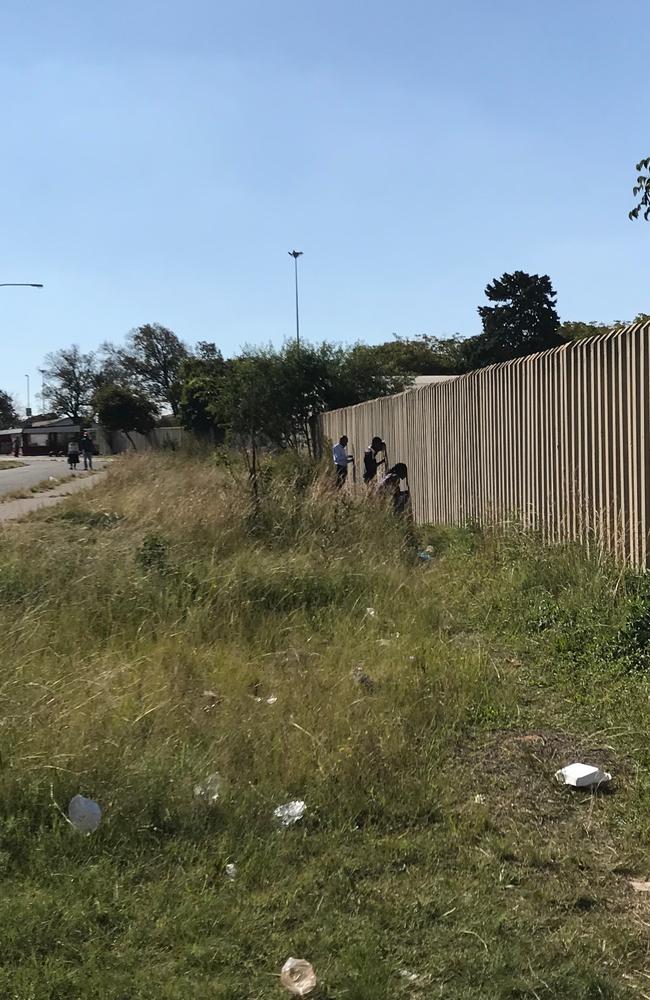
As the region prospered, authorities felt fit to separate those who were white from those who were not. Soweto — short for South Western Townships — was formed in 1930 as a shantytown for black labourers. In the 90 years since then — even the 25 years since apartheid ended — many parts of Soweto have barely changed.

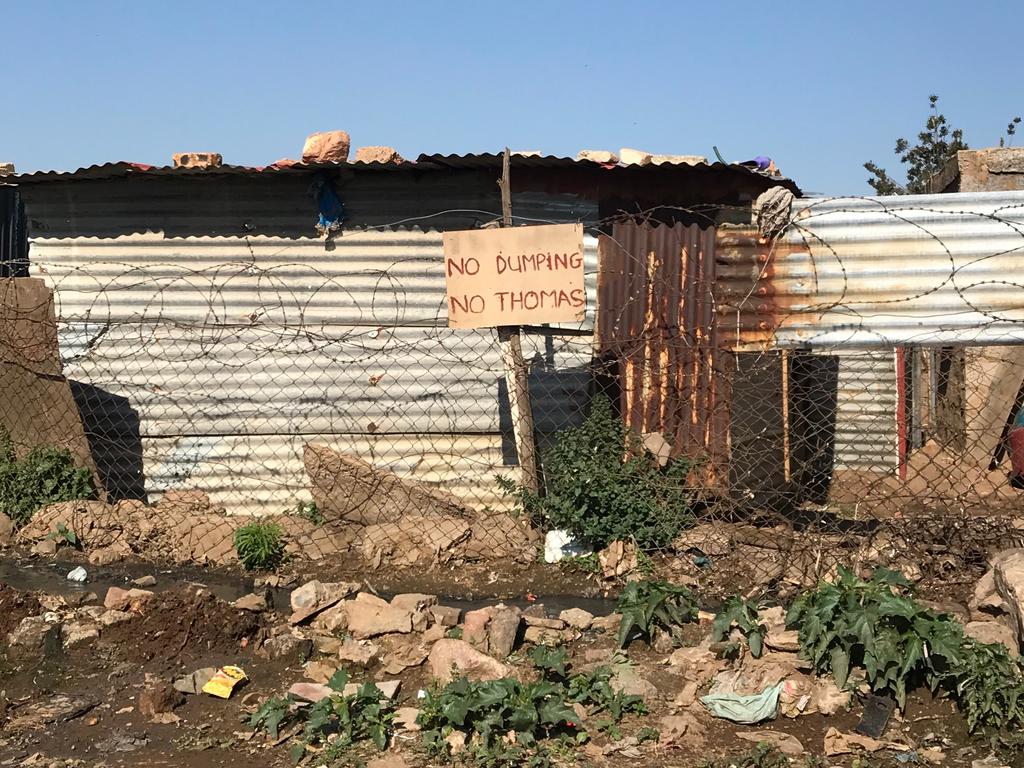
The first stop on our tuktuk tour, near the Wi-Fi hustlers, offers a sweeping overview of this sprawling, crowded township. Its recorded population of 1.27 million says little of the actual number of people who live here, most in poverty.
Two landmarks loom large on the horizon. Ahead are the twin cooling towers of a power station that provided electricity to Johannesburg — but not to Soweto. To the left are the huge gold mines that brought wealth to Johannesburg — but not to Soweto.
It’s striking the behemoths that dominate Soweto’s skyline are symbols of prosperity the people of Soweto were specifically excluded from.
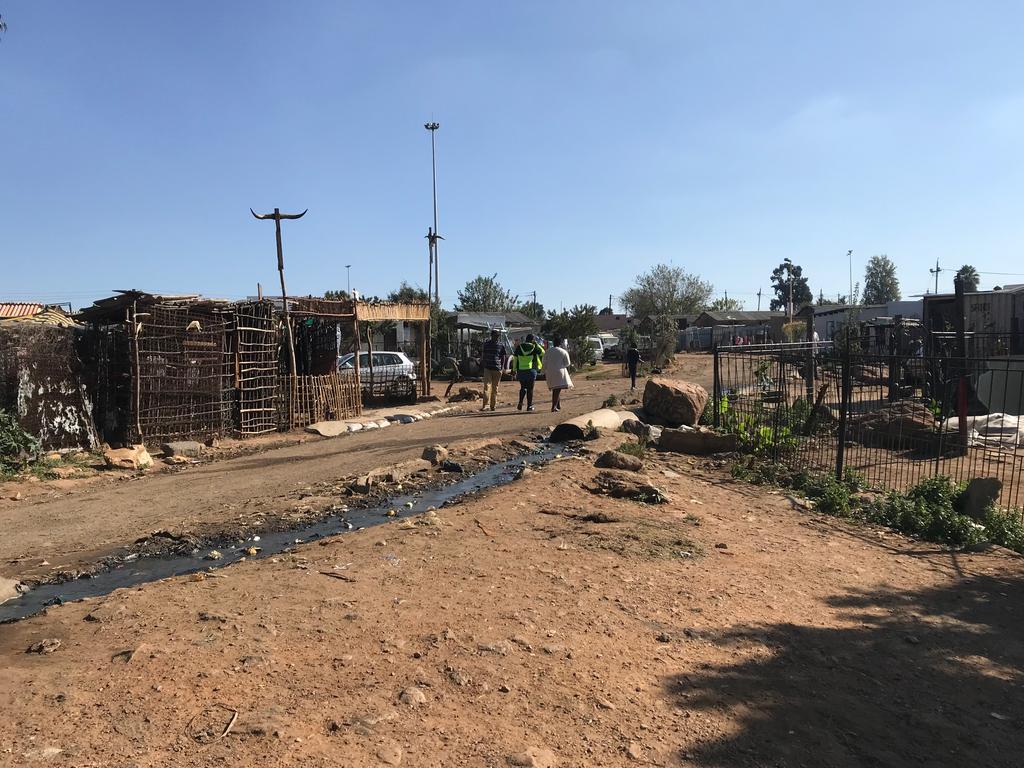
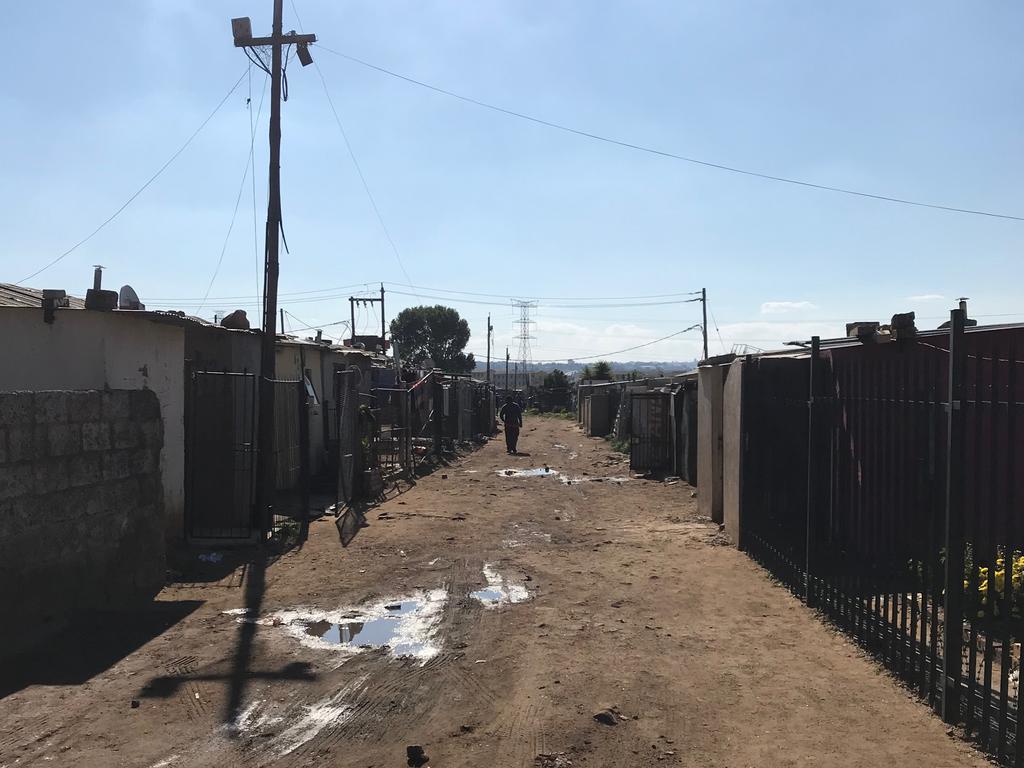
Closer to where we stand, the scorched remains of rubbish that had been dumped and set alight pile up under “no dumping” signs. Provision of basic services, like rubbish collection, is sketchy here.
Nowhere in Soweto is that more apparent than at our next stop, an area known as Zone 11. Some parts of Soweto are thriving more than others: Zone 11 is one of the others.
People live in tiny, overcrowded shacks lining dirt roads, relying on communal taps for running water. Infrastructure is lacking and sanitation is not ideal. Unemployment is a problem.
It’s Saturday, and local kids play on the roads with whatever they have. One particularly rousing game involves knocking over an empty bottle with a ball.
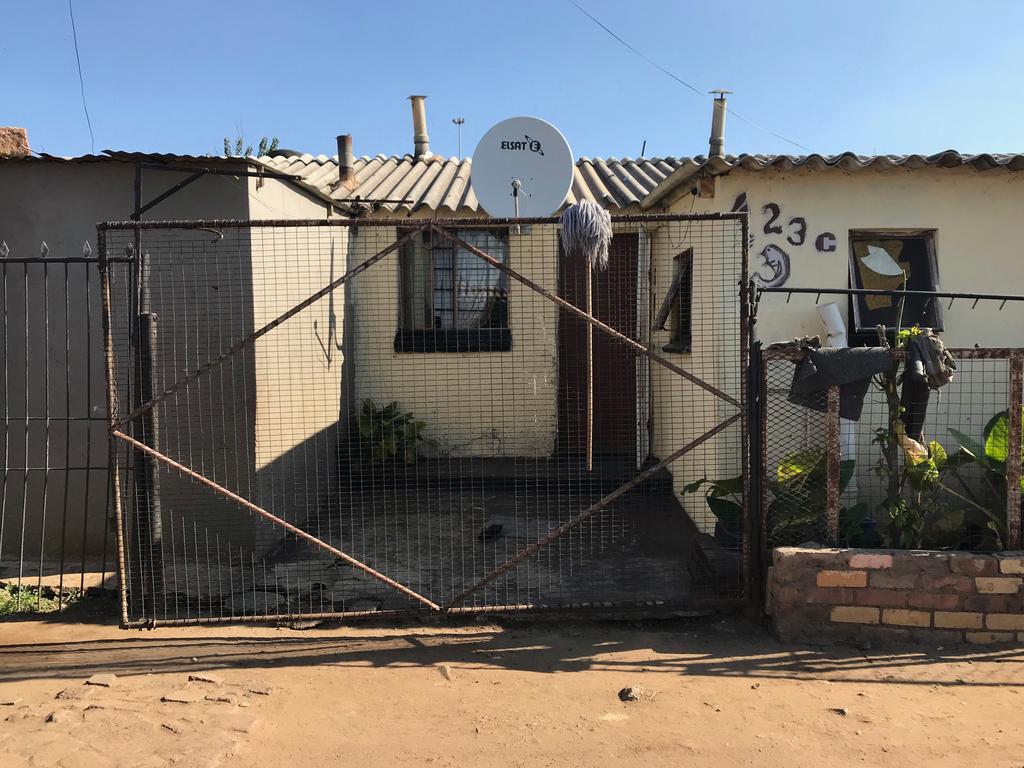
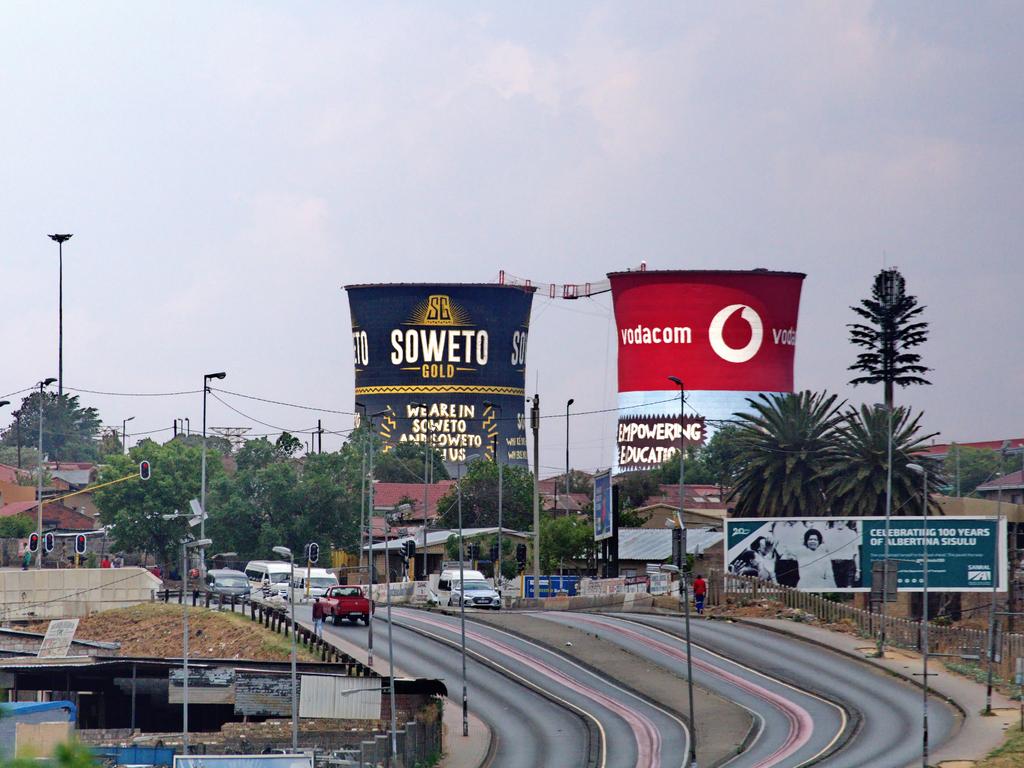
We’re told tourists are welcome, even here, in one of the poorest parts of Soweto. To visit means to hear its story and spend money locally. I find myself hoping people really are OK with a bunch of foreigners surveying their poverty from a hired tuktuk.
Adults call out friendly greetings, and I’m put at ease by the dozens and dozens of children who run up to high-five us as we cruise the neighbourhood. They seem genuinely happy to see us, and you’ll find no more honest reception than the reception of little kids.
The South African general election had been held a few days earlier and campaign posters are still on display. Later that night, after I’d left Soweto, celebrations would ring out in more prosperous parts of the settlement at the news of a convincing win for the African National Congress. Many parts of Soweto are faithful ANC supporters. The people living in neglected Zone 11 traditionally do not vote for the ANC.

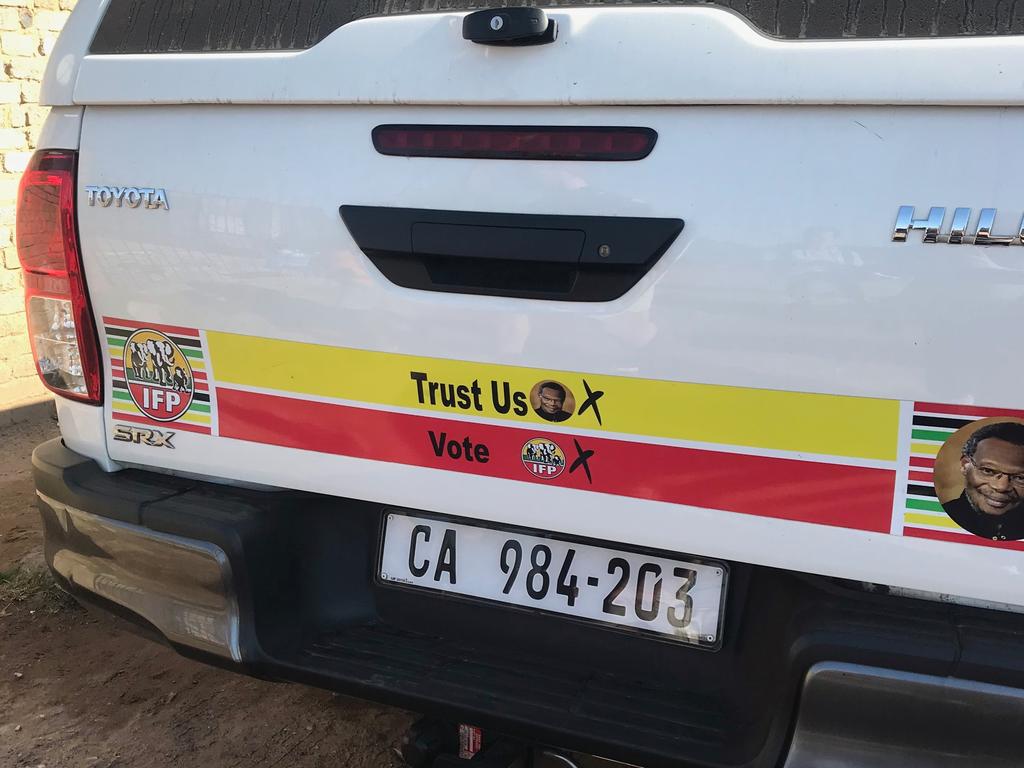
Loyalty means a lot here. And pride. Another stop takes us outside an abandoned brick unit block, still empty years after it was built. It was part of a government housing project for Zone 11 that flopped when locals realised very few of them could afford the rent.
The Zone 11 community decided if not everyone could afford to live there, no one would. All for one and one for all — no one ever moved in.
As our tour takes us away from Zone 11, and we wave the kids goodbye, the dirt roads make way for asphalt. The houses become more recognisably suburban and there’s a notable shift in the quality of living. We’re entering the slightly more affluent Soweto neighbourhood of Orlando West.
But that isn’t to say the living is easy. No part of Soweto has been untouched by genuine hardship.
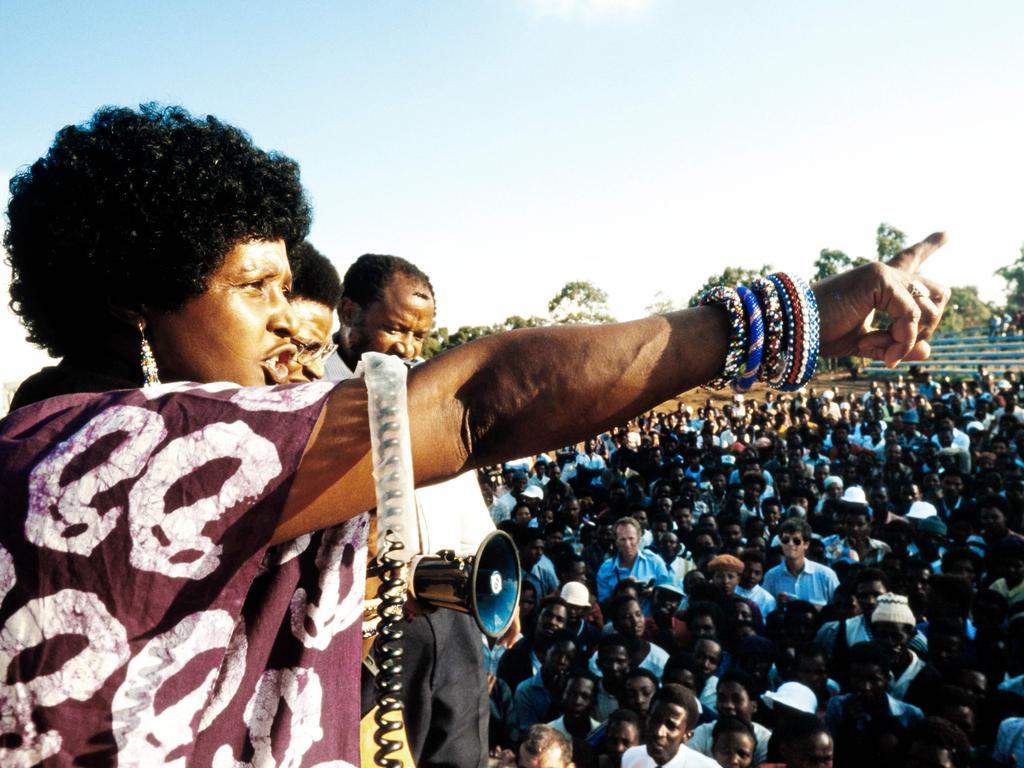
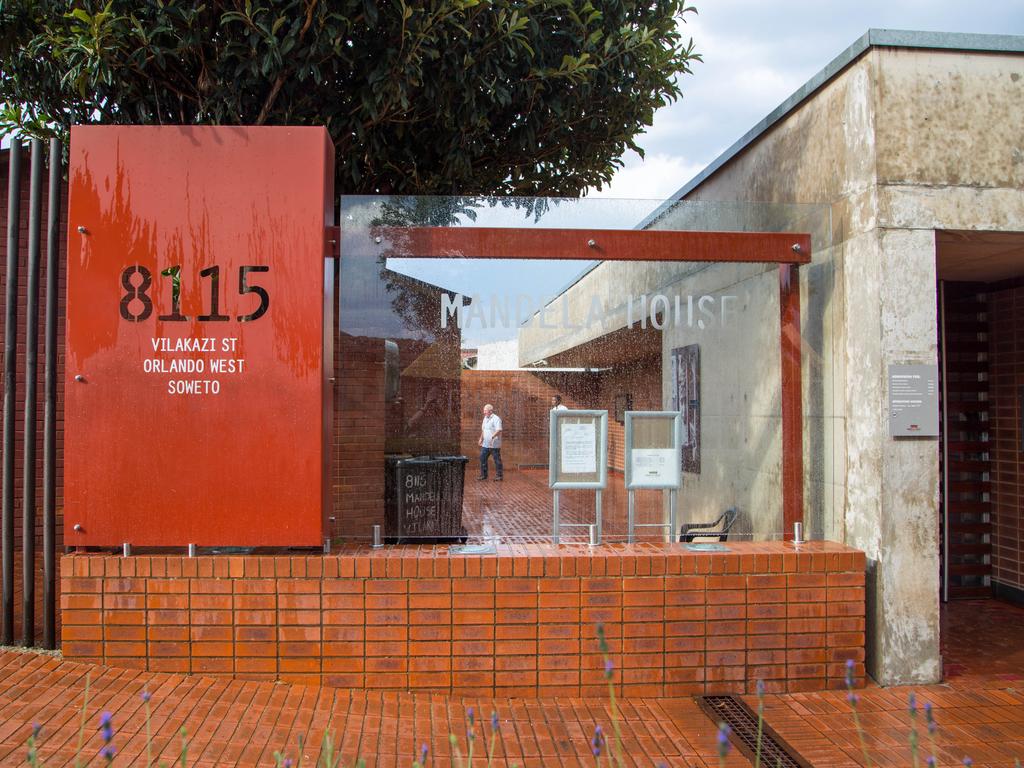
We stop by a museum at the former home of former President Nelson Mandela and his wife Winnie. Nelson lived there for 16 years until he was jailed. Winnie kept living there until the house was burnt down by her husband’s political opponents.
Near the Mandela House is a memorial dedicated to Hector Pieterson, a lesser-known figure of the anti-apartheid struggle, who was a young victim of the 1976 Soweto Uprising.
Hector, 13, was among thousands of Soweto students who gathered on June 16, 1976 to peacefully protest the introduction of Afrikaans at school. They saw Afrikaans as the language of their colonial oppressors and objected to having to speak it.

As the students marched towards Orlando Stadium for a rally, police officers fired on the crowd and Hector was shot dead. Violence escalated and more demonstrations were held. As many as 600 people were believed to have been killed during the uprising and thousands others were injured or detained.
The news of the uprising ricocheted around South Africa and bolstered anti-apartheid sentiment, although it would take another two decades for apartheid to end.
The Hector Pieterson Memorial is the last stop on our tuktuk tour and it sounds a melancholy note. But it’s a reminder that in Soweto, nothing has come without struggle — certainly not equality, not to mention a Wi-Fi signal.
The writer travelled to Soweto and Johannesburg as a guest of South Africa Tourism.




